Being an Australian cricket selector is not only a thankless task but one that comes with guaranteed scrutiny, criticism and downright abuse.
The current trio of panel chief George Bailey, Tony Dodemaide and coach Andrew McDonald have received plenty of brickbats to go with their cricket bats and not many bouquets from cricket fans and the media alike during their two-year reign.
And they are again under the pump following the left-field move of elevating Steve Smith to Test opener and bringing Cameron Green in at No.4 in the order in order to fill the gap left by David Warner’s retirement.
Bailey is the longest serving selector after starting on the panel in 2020 and taking over as chief in August the following year when Trevor Hohns retired, joined a couple of months later by Dodemaide with McDonald inheriting Justin Langer’s spot following the messy coaching change at the end of that summer.
On results alone, the selectors can point to the fact that the Australian team has won nearly everything on offer – the World Test Championship final, ODI World Cup, the Ashes and hasn’t lost a five-day fixture on home soil under their watch.
But the chances of adding the T20 World Cup and Border-Gavaskar Trophy to the bulging trophy cabinet were brought undone by selection blunders.
And the main criticism of the panel’s current policy is that they are looking after the present with a veteran team but could be sacrificing the future by not giving younger players much of a run in all three formats.
Looking back at the big decisions and major tournaments over the past two years, it’s easy to pick apart which selections proved prescient and others that the panel got wrong.
That is, with the benefit of hindsight, which like cricket’s shortest format, is Twenty20.
Bailey’s big calls
2021-22 Ashes: In a sign of their policy of often favouring incumbency over form, opener Marcus Harris was kept in the side a couple of Tests too long as the selectors opted against bringing Usman Khawaja back despite a red-hot run with Queensland.
When he finally got a run in the middle order at the SCG Fourth Test due to Travis Head contracting COVID-19, Khawaja’s twin tons meant Harris’ time was finally up.
The selectors did pull a rabbit out of their hat by bringing Scott Boland in for his debut at the MCG ahead of Michael Neser and Jhye Richardson in the Third Test with the Victorian seamer producing staggering figures of 6-7 before continuing his amazing run at Sydney and Hobart to finish with 18 wickets at 9.55.
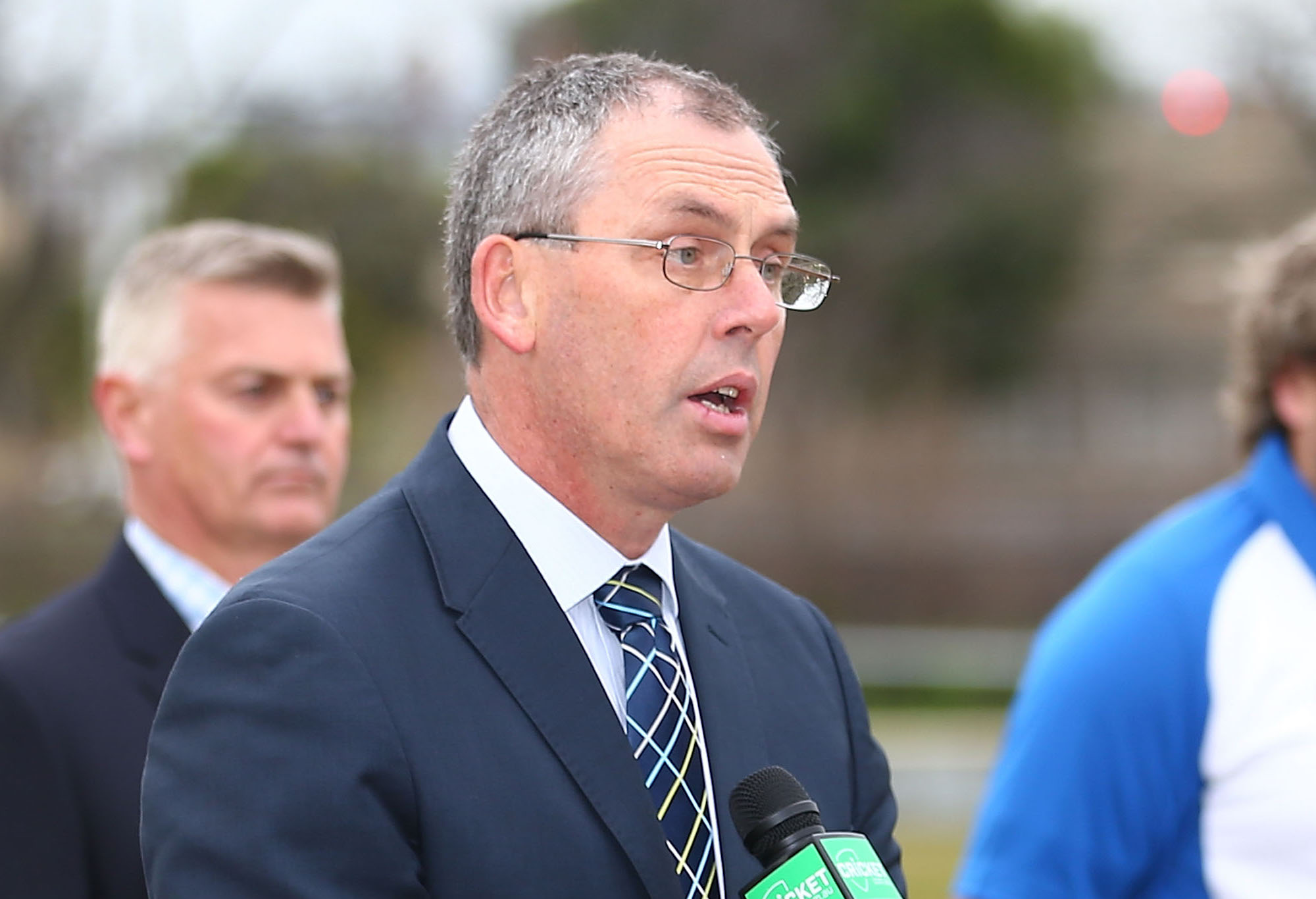
Tony Dodemaide. (Photo by Scott Barbour – CA/Cricket Australia via Getty Images/Getty Images)
2022 Pakistan tour: They erred on the side of caution, a common theme, in the First Test by playing Josh Hazlewood ahead of Mitchell Swepson on a graveyard pitch for fast bowlers.
The Queensland leg-spinner got the nod for the next two matches and played his role as Australia wrapped up a rare 1-0 series win in Pakistan on the final session of the final day of the final Test. Finally.
2022 Sri Lanka tour: The selectors looked set to bring Jon Holland or Ashton Agar in from the Test wilderness before they each suffered untimely injuries for Swepson to get another couple of matches.
Hazlewood again missed out as the Aussies correctly adopted a twin-spin strategy on the turning decks but their batting let them down as the hosts fought back to square the series 1-1.
2022 T20 World Cup: The warning signs were there from the previous World Cup in the UAE 12 months earlier that the white-ball skipper had lost his mojo at international level but the selectors took their usual conservative approach and went with Aaron Finch to open alongside Warner for the tournament on home soil.
Despite mounting evidence to the contrary, they thought he could lead them to a successful title defence but he couldn’t rediscover his old magic and such was the format of the tournament, a heavy first-up loss to New Zealand effectively ensured the Aussies were little chance of making the semis, which proved to be the case.
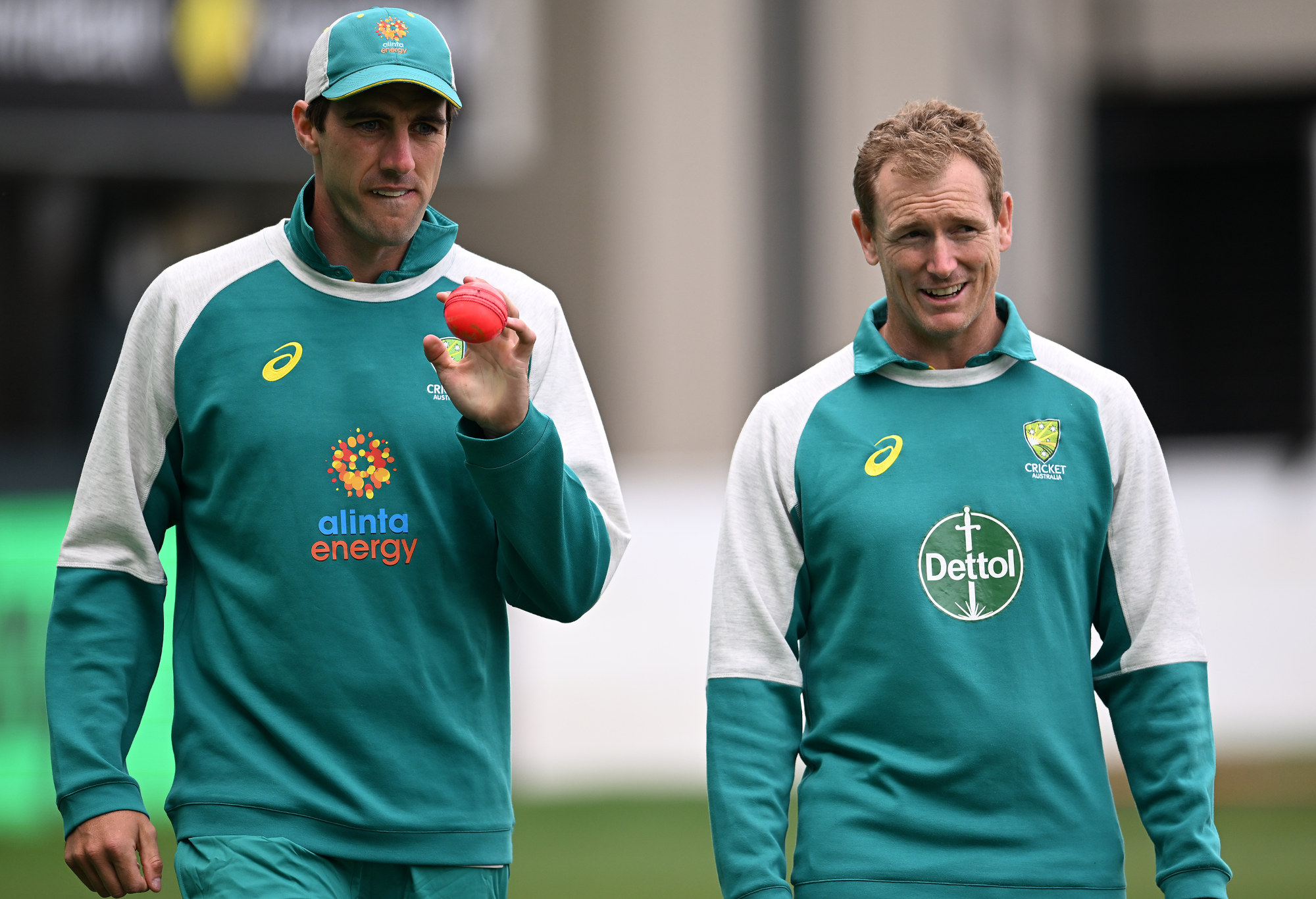
Pat Cummins and George Bailey (Photo by Steve Bell/Getty Images)
The Warner conundrum: The selectors had the chance during the last home summer to tell the opener his time was up but they persisted in the hope that he would return to the Warner of old.
He did not. He just looked like an old Warner for much of the final 12 months of his Test career, similar to the year prior.
Of the top 40 run-scorers in 2023 he was the only specialist batter with an average lower than 32 (he scored 573 at 28.65) which underlines how much he received preferential treatment to other batters on the global circuit.
Warner was lambasted for declaring in May he wanted to retire at his home ground in the January Test but it was hardly his fault that the selectors kept picking him until he finally struck form with a ton in the first innings of his final series against Pakistan to ensure he locked in a Sydney swansong.
India tour: Dropping Head for the First Test was a clear case of overthinking a perceived problem. His record on turning tracks had been mediocre but he was entering the series in red-hot form and if ever he was going to prove his worth in India, this was the time.
But he was left out of the series opener, reinstated for the second and then elevated to opener after Warner’s series of three batting failures for 26 runs all up was halted by a broken arm.
The selectors also botched the line-up in the first two Tests by picking just four frontline bowlers and sending specialist opener Matt Renshaw on a hiding to nothing in the middle order.
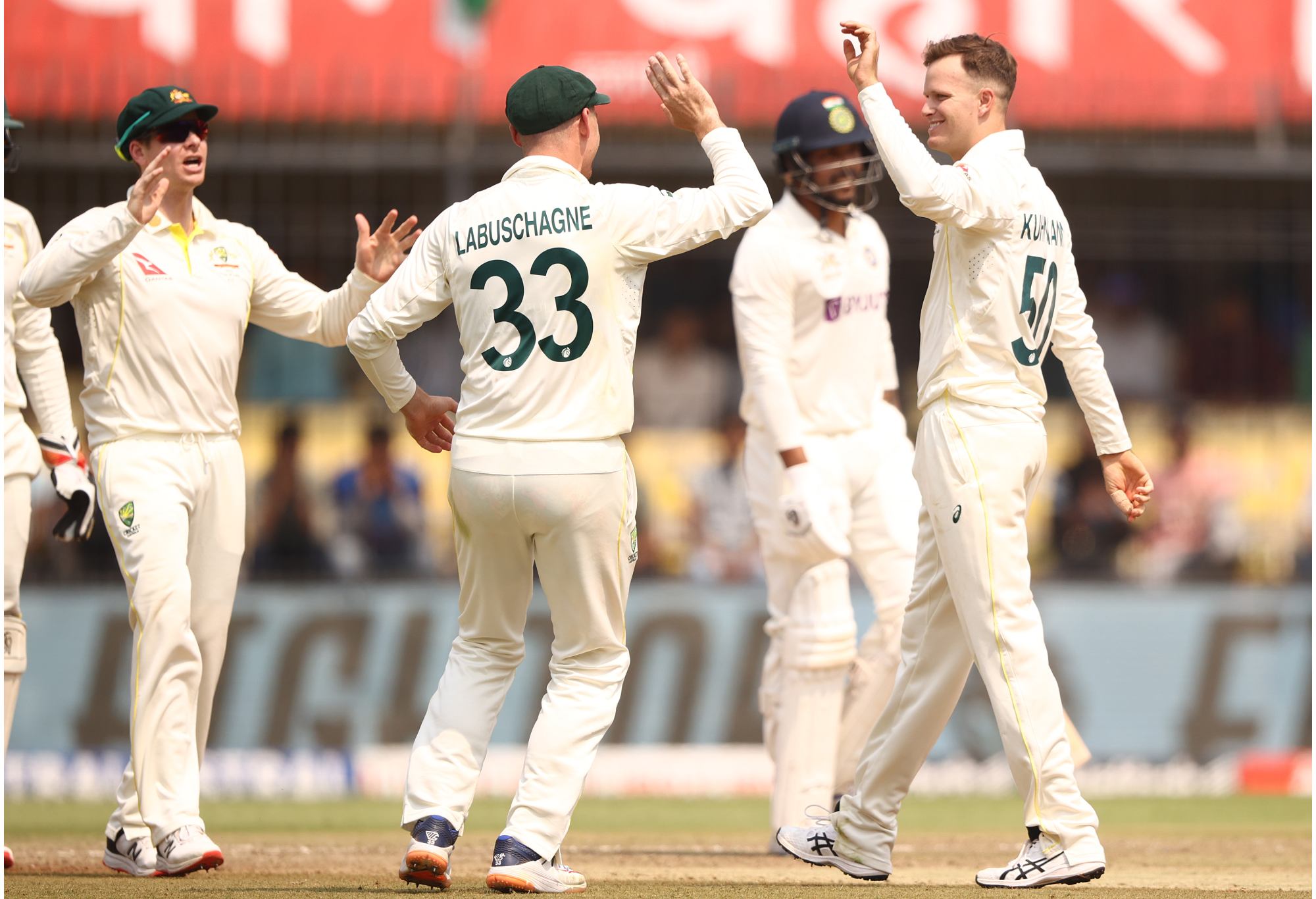
Matthew Kuhnemann celebrates taking the wicket of Umesh Yadav. to give him 5-16 in the third Test. (Photo by Robert Cianflone/Getty Images)
Their decision to pluck Matt Kuhnemann from obscurity to provide a third spinning option worked well as the Queensland left-armer bagged 5-16 against India’s powerful batting line-up in just his second Test. The panel plucking Todd Murphy from the Sheffield Shield after limited experience was also a smart call.
World Test Championship final: Boland got the nod ahead of Hazlewood in the pace attack and with the NSW seamer underdone after a string of minor injuries the safe option was a wise one because the Aussies needed to rotate their quicks through a hectic two months in the UK over the course of six Tests in rapid succession.
Ashes tour: The Warner issue lingered and Bailey’s panel again backed him to overcome his poor record in the country but just as it was in India, his modest output on English pitches didn’t suddenly change in the extended twilight of his career.
Mitch Marsh’s selection in the touring squad was a surprise as he had barely been playing any red-ball cricket but it turned out to be a masterstroke. He came in when Green needed a rest mid-series, smashed a ton at Headingley as wickets clattered around him and has been one of Australia’s most consistent Test players ever since.
ODI World Cup: They made a few gambles in India which were high in risk but led to the ultimate reward.
Firstly they went into the Cup with Head sidelined due to a broken hand, knowing he would miss the first four matches. He returned mid tournament and was a game changer with match-winning knocks in the semi and final more than vindicating the selection strategy.
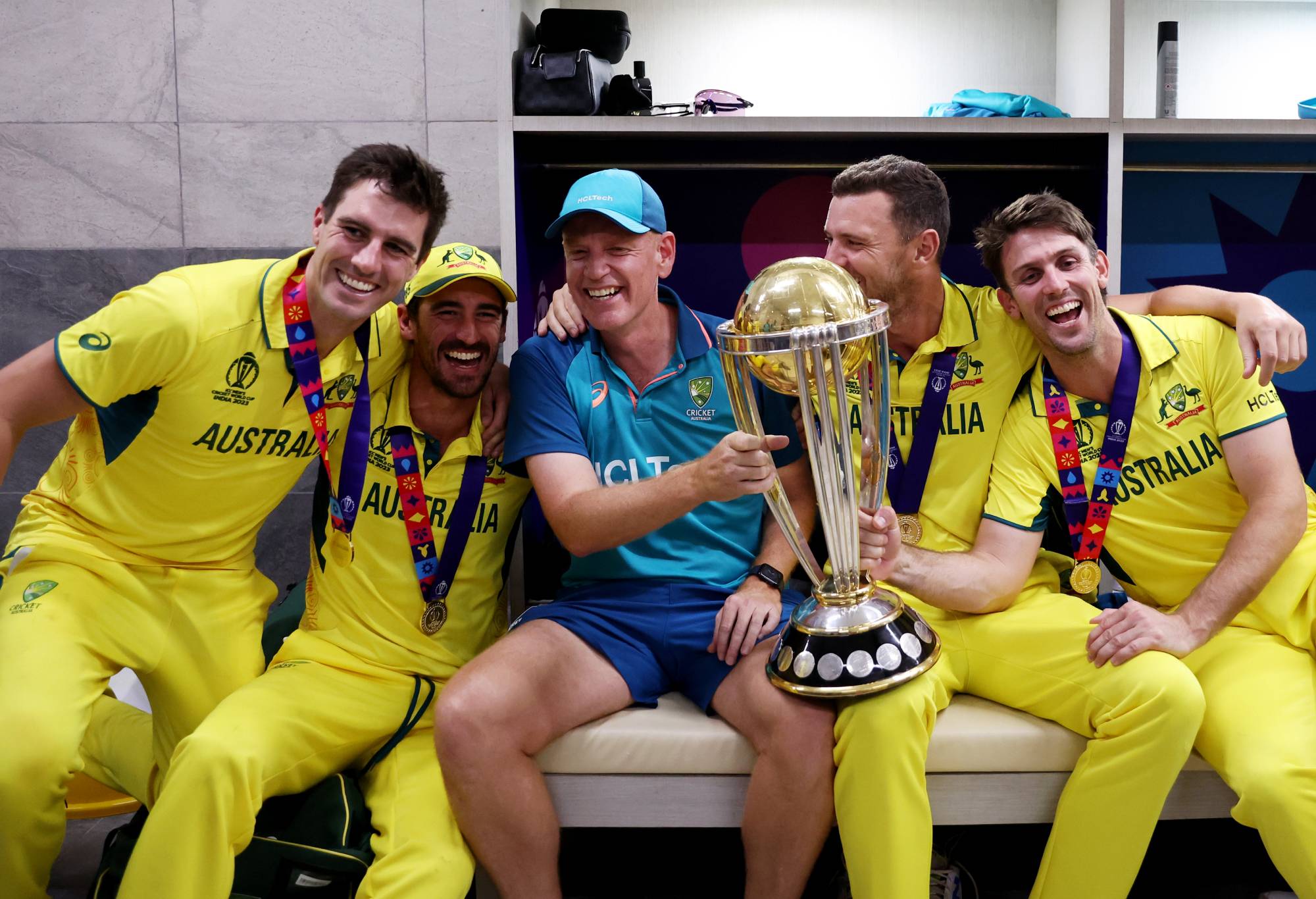
Pat Cummins, Mitchell Starc, Josh Hazlewood, Mitch Marsh and Andrew McDonald with the ODI World Cup. (Photo by Robert Cianflone/Getty Images)
Then when Agar was ruled out with a calf injury on the eve of the tournament, the selectors opted to tour with just one specialist spinner in Adam Zampa, promoting Marnus Labuschagne as an extra batting option. Labuschagne played every match and made useful contributions in the middle order and Glenn Maxwell stepped up as one of the most effective and economical spinners at the Cup.
Alex Carey was dumped as wicketkeeper after just one match with Josh Inglis replacing him. Even though the younger gloveman didn’t produce too many significant moments, the Aussies won nine of 10 matches he played.
The team looked tired in the early rounds as most of them were coming off an arduous Ashes tour but, apart from Carey, the selection panel stuck with the nucleus of the team in pretty much every match and they shocked the world by upsetting previously unbeaten favourites India in the final.
Warner replacement: The latest selection flashpoint revolves around Smith taking over at opener despite never batting in the role during 167 matches in the first-class and Test arenas.
Meanwhile, Cameron Bancroft has again been snubbed despite topping the Sheffield Shield batting charts for two straight seasons along with fellow specialist openers Renshaw and Harris.
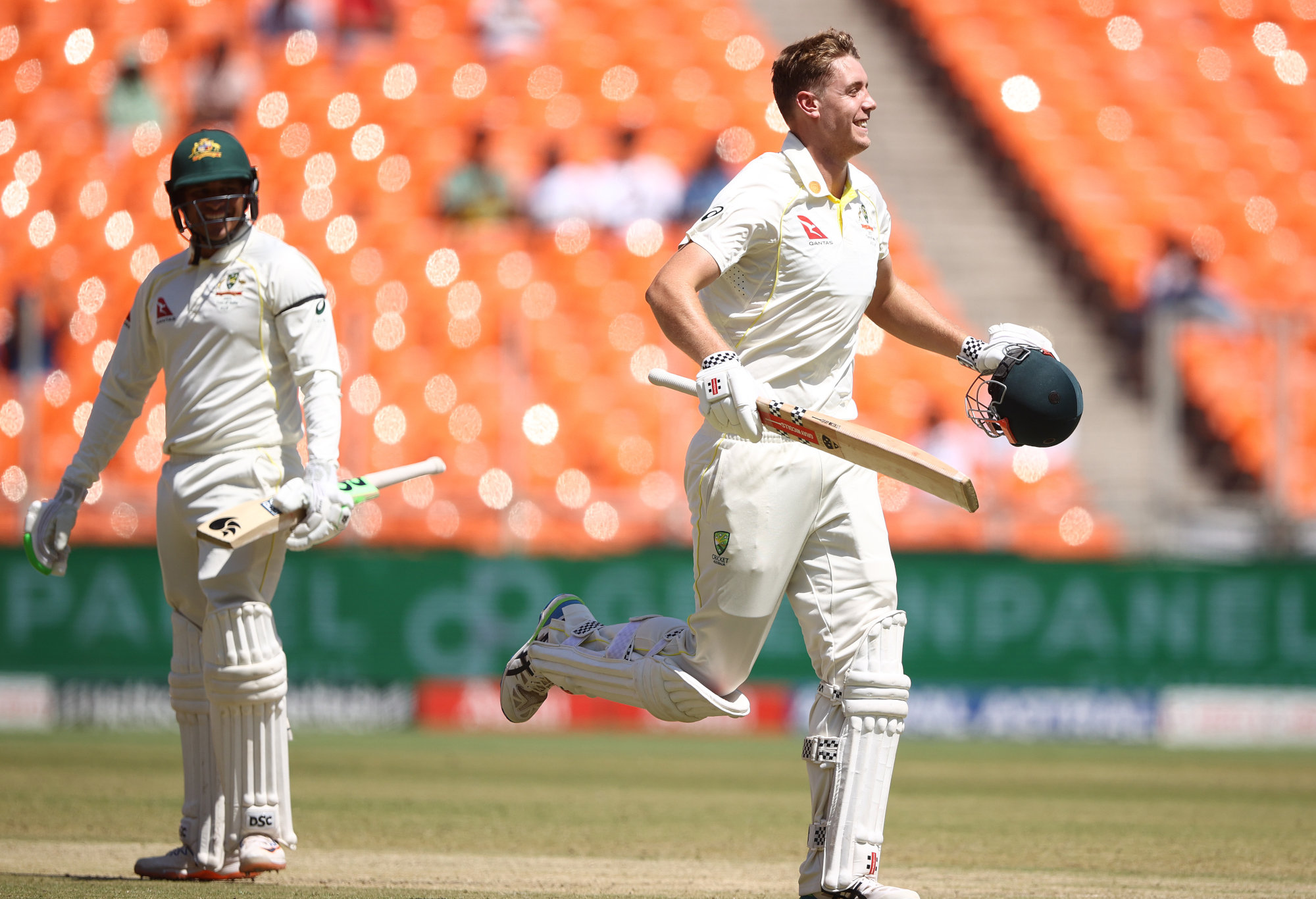
Cameron Green of Australia celebrates after scoring his first Test century in India. (Photo by Robert Cianflone/Getty Images)
And does Green deserve the chance to slot in at four, two spots higher than he’s batted at Test level?
At least the return of the 24-year-old Western Australia injects some young blood into a team which had just one player under 30 in last week’s SCG Test to be the oldest national line-up for 95 years.
The selection panel’s neglect for youth to focus on established veterans is likely to keep producing wins in the short term.
However, the potential for the team to have several stars retiring within a short timeframe means Australia could face trouble in the near future if a bunch of players with little Test experience is thrown to the wolves together.
Tough calls are on the horizon with stalwarts like Khawaja, Smith, Lyon, Mitchell Starc, Maxwell and Hazlewood entering the final phase of their illustrious careers.
If their form fades before their desired retirement dates, will the selectors step in to tap them on the shoulder? Judging by their reluctance to do so with Finch and Warner, that appears unlikely.

































































































